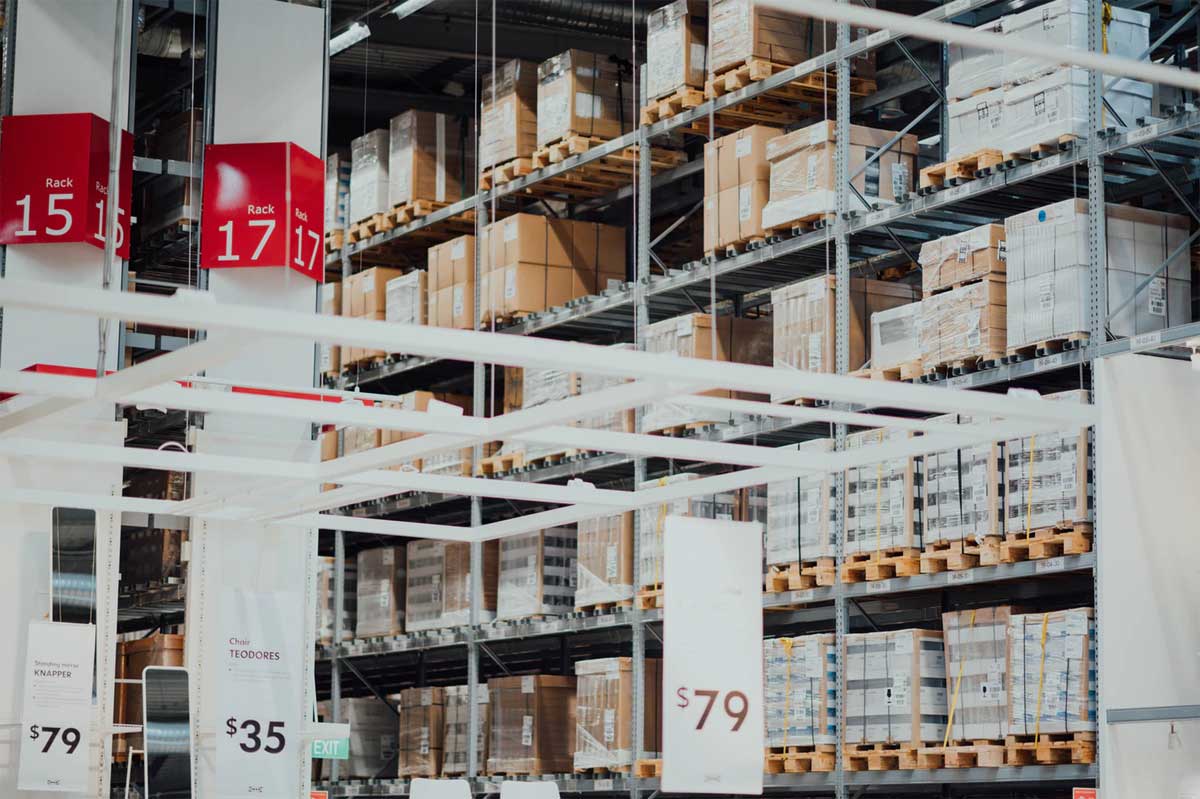The importance of raw materials for efficient manufacturing operations cannot be over-emphasized. One major component in any manufacturing is raw materials, the unprocessed materials, components, or partially finished assemblies that are required to build or produce a product. These are the building blocks and the starting point for any final product and ensuring adequate supply and proper management of raw materials is critical.
The Challenge
The most common challenge that almost all manufacturing organizations face is material planning. In order to keep a smooth manufacturing operation, it becomes very challenging to ensure that the required quantity of raw materials is available. Purchasing too much can lead to capital blockage and storage difficulties and purchasing too little can disrupt manufacturing leading to inefficiency. Lead time can affect delivery depending on what is purchased. In some cases, such as in complex subassemblies or electronics components, the vendor’s component lead times for their production cycle will be a necessary factor to consider. An organization’s mode of production can also impact the purchasing plan and the raw material level. For Make to Stock (MTO) goods, consistent and established patterns can be leveraged to plan to purchase. But for Make to Order (MTO) items, where materials are not purchased until needed, raw material is more episodic. As a result, different practices and expectations are employed to maintain an appropriate level of stock to allow production to remain steady.
The next big challenge is raw material tracking. Materials may be kept in different locations within the same warehouse or in different warehouses and keeping track of them is a big challenge that can lead to wastage, damage, or theft. These concerns are important for any company, but small to medium-sized companies often face a heightened level of exposure when raw materials are not adequately managed. Each variable adds cost through higher warehousing costs, added labor, or paused production. It is possible that the company will not be able to handle the complexity of raw materials management. Likewise, if the calculation of safety and buffer stock levels is inconsistent and not formalized or data-driven, then chances are there will be shortages. And finally, if the calculations used to generate the materials plan and procure materials aren’t really a “calculation” at all, but instead consist of multiple, incomplete, and overlapping spreadsheets, then there will be gaps in the inventory in various degrees.
Our Solutions
Our Inventory Management solution offers effective data management of raw materials. Combining the elements that can be computed and calculated with the more subjective elements in forecasting, with our solution an organization is less likely to experience spikes and shortages. Our solution can help an organization’s calculating capability for inventory spread across multiple spreadsheets to powerful computational models that can be envisioned across production requirements.
- Historical data, current confirmed orders, and projected sales can all be incorporated at the click of a button.
- The solution make it easier to trace inventory/raw material within a company’s locations or multiple location as well as inventory sent out to vendors for job work.
- The solution offers reordering rules to be configured to products which would ensure timely alerts during shortfall and rule out any overstocking.
- The application of barcode can be configured for the intake of the products at inventory and for registering all the inventory movement at various stages of operation.
- The solution also offer reporting which can help in inventory audit for better utilization of resources.


